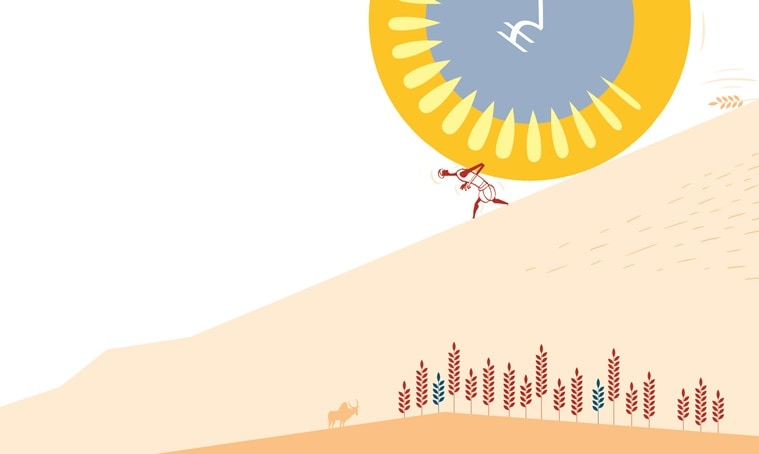From plate to plough: If you want to help farmers
Loan waivers are poll bait. What is needed is a structured and stable income support policy.

The talk of the season on the farm front seems to be loan waivers. Farmer leaders are asking for it and those looking for power are ready to oblige. Newly elected chief ministers of Madhya Pradesh, Chhattisgarh and Rajasthan have all announced loan waivers within their promised time of 10 days. It may cost the state exchequers more than Rs 50,000 crore. The Congress president has also challenged the prime minister that he will not let him sleep unless loans of all farmers are waived. He also scored a brownie point by saying that if government can “waive off” Rs 3.5 lakh crore for 15 business families, why not for millions of farmers.
So now, as most professional economists say, it is a race to the bottom. But we call it atonement for not reforming agriculture and following restrictive trade and marketing policies which, as per the OECD-ICRIER report, inflicted an implicit tax on farmers to the tune of 14 per cent of their gross farm receipts over a period of 2000-01 to 2016-17. Needless to say, it is bait for voters. The big question is: How much is a pan-India loan waiver likely to cost, and is there a better way to distribute these resources? Our rough calculation is that it will cost anywhere between Rs 4 and 5 lakh crore, including states that have waived farm loans since 2017.
In this context, it may be noted that in September 2018, total outstanding credit from scheduled commercial banks (SCBs), including Regional Rural Banks (RRBs), to the agriculture and allied sector was about Rs 10.5 lakh crore. If one adds to it the share of Primary Agricultural Societies (PACs), the total outstanding credit to agriculture currently is likely to be around Rs 12-13 lakh crore. If all of this is waived off, as the rhetoric of loan waivers goes, it will simply blow up the budget. It is not feasible. So, everyone will cut corners, sometimes drastically, to sift between the rhetoric and reality of budgets. Several restrictions will be put, such as limiting it to short-term crop loans only (the ratio of short term loans to long term loans is generally 70:30), maximum limit of say Rs 2 lakh per farmer, and, only from nationalised banks and PACs (as the Madhya Pradesh order suggests). Despite these restrictions, we feel the total bill is not likely to settle below Rs 4 lakh crore, and may even touch around Rs 5 lakh crore. Ironically, the current spate of loan waivers was triggered by the prime minister himself who dangled this bait first to the voters just before the UP elections. Now, the Congress president is beating him with the same trick.







































No hay comentarios:
Publicar un comentario